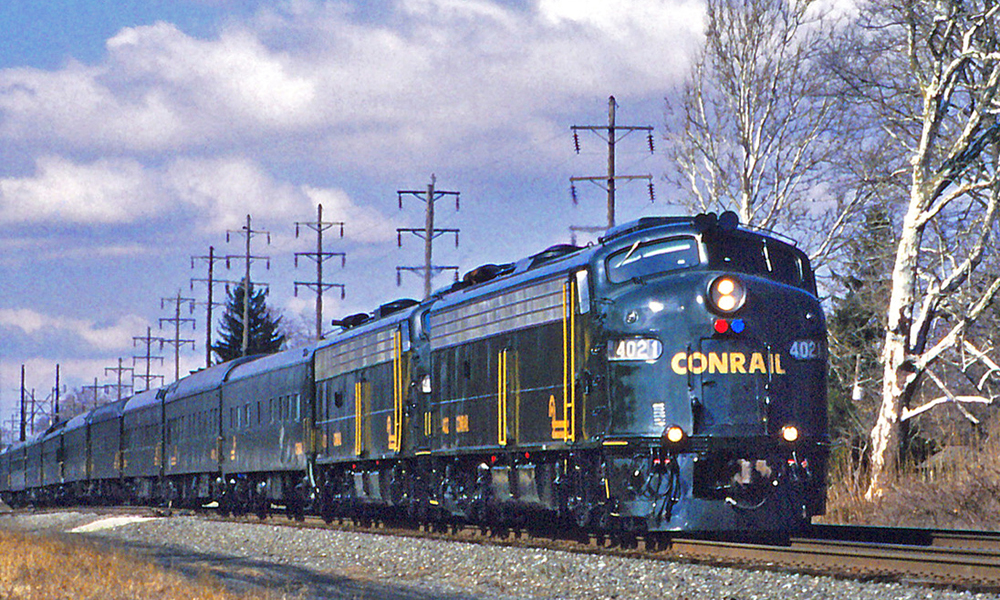The year was 1939, and 29-year-old British stockbroker Nicholas Winton was set to leave for Switzerland on a ski holiday when he answered his phone. It was a friend conducting humanitarian aid in Prague, Czechoslovakia. This friend described the refugee camps in which he worked, and asked Winton to abandon his holiday, come to Prague, and lend a hand. Winton did. After seeing the situation for himself and knowing of German Chancellor Adolf Hitler’s annexation of the country’s Sudetenland region, Winton realized not only the dangers of the current moment, but also the dangers that lay ahead. Aware of Hitler’s crackdown on Jews on the previous Nov. 9, the so-called “night of broken glass,” Winton came to believe that war was inevitable, that Hitler would soon occupy all of Czechoslovakia, and that Czech Jews were in imminent danger.
Winton believed he could make a difference, and his subsequent actions would save 669 Jewish children from the Holocaust. Beginning March 14, 1939, these children moved by train and ferry to Britain, where they were taken into foster homes. For most, the families they left behind perished. The rescue trains, or “Kindertransports,” ran through the summer; the final train ran Aug. 2.
On Sept. 1, 1939, the largest transport yet was scheduled to depart Prague. The children boarded the train and waited. That same day Hitler invaded Poland, causing a closure of all German-controlled borders. The train did eventually leave Prague station, but the children never reached Britain. In fact, they were never heard from again.
While this final horror continues to haunt Winton, now Sir Nicholas, the children who did escape and their posterity believe he gave them life. They call themselves “Winton’s children.” Seventy years after the fact, the survivors among their ranks gathered in Prague to pay tribute to him through the Winton Train Project. Organizers say the project’s goal is to symbolize the timeless “unconquerable desire for freedom.”
The main event of the project is the construction of the train itself. While many trains transported the children from Prague to London, only one will bear the name “Winton Train.” Built solely for this special occasion, it is a gathering of 10 first, second, and third-class passenger cars pulled by multiple vintage steam locomotives.
On Sept. 1, 2009, at exactly 9:01 a.m., the train departed Hlavni Nadrazi, Prague’s main rail station. Among the 170 passengers were 22 of “Winton’s Children,” 64 of their descendents, notable dignitaries, and Sir Winton’s daughter, Barbara. For four days, the Winton Train traversed the same route the children traveled in 1939. The 805-mile journey took them from Prague to Hoek van Holland, Netherlands, via Nuremburg, Germany. From Hoek van Holland, the passengers took a ship to Britain, just as Winton’s children had 70 years before.
From the British coastal town of Harwich, a final train carried the travelers to London’s Liverpool Street Station, where the now 100-year-old Sir Winton greeted the train bearing his name. Despite the significant role Winton played in their lives, for the 22 survivors, it was their first glimpse of him. What did they say? “Thank you,” expressed one survivor. “What else is there?”
Organizers worked to create as historically accurate a recreation as possible. While the 10 cars were used throughout the journey across Mainland Europe, five different locomotives were needed. The first two were 486.007 (“Green Anton”) and 498.002 (“Albatross”). These coal- and oil-fired steam engines carried the Winton Train from Prague to Furth im Wald, Germany, where they were replaced by the German locomotive No. 41.018. This too was replaced in Emmerich, Germany, by a second German locomotive, No. 01.1075. The demanding terrain, engine availability, and functionality forced organizers to make some compromises on authenticity, such as using several locomotives built after 1939. These include 498.002 “Albatross” (1947), No. 01.1075 (1940), and the A1 Tornado in Britain (christened 2009).
Four nations (Czech Republic, Germany, Netherlands, and United Kingdom) participated in the efforts to realize the Winton Train Project. The Train serves as a symbol of freedom, hardship, and sacrifice. Sir Nicholas says he hopes that this train will not cause people to look back, but will instead challenge people to look forward. Sir Winton’s actions represent the prophetic sentiment that “No one can do everything, but everyone can do something.” Indeed, a similar belief was etched onto a ring given to Sir Nicholas by his “Winton Children.” It is from the Talmud and reads, “Save one life, save the world.”
To Sir Nicholas, this is a call to action. It is his hope and the hopes of those involved in the Winton Train Project that all who hear this story will take his philosophy to heart.
RACHEL BOEHM, a native of Austin, Texas, works as an intern producer and researcher at the Arabian Radio Network in Dubai, United Arab Emirates. She is a freelance writer and editor. This is her first TRAINS byline.













